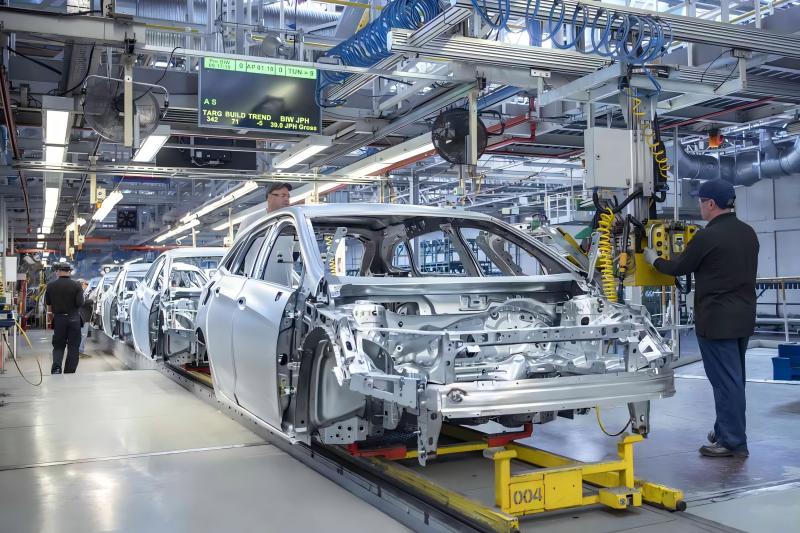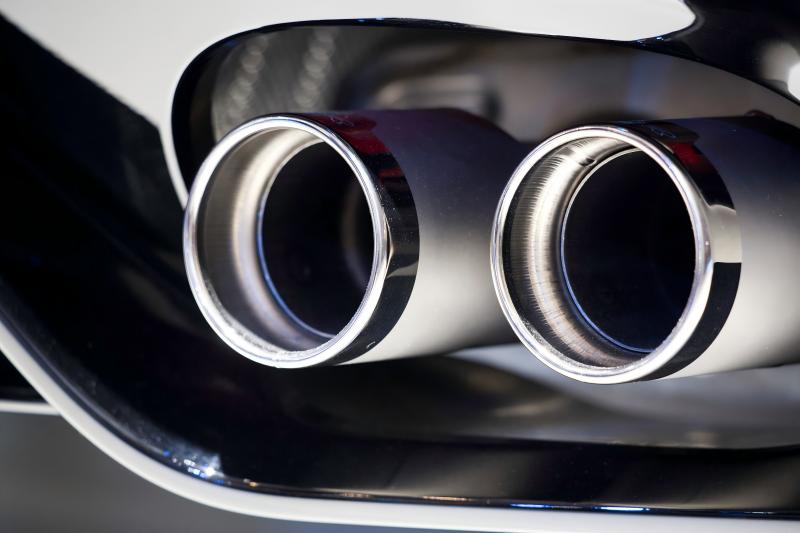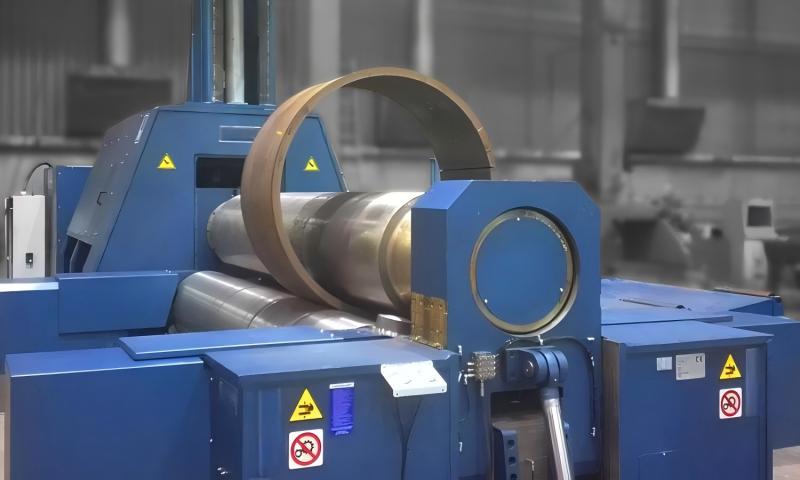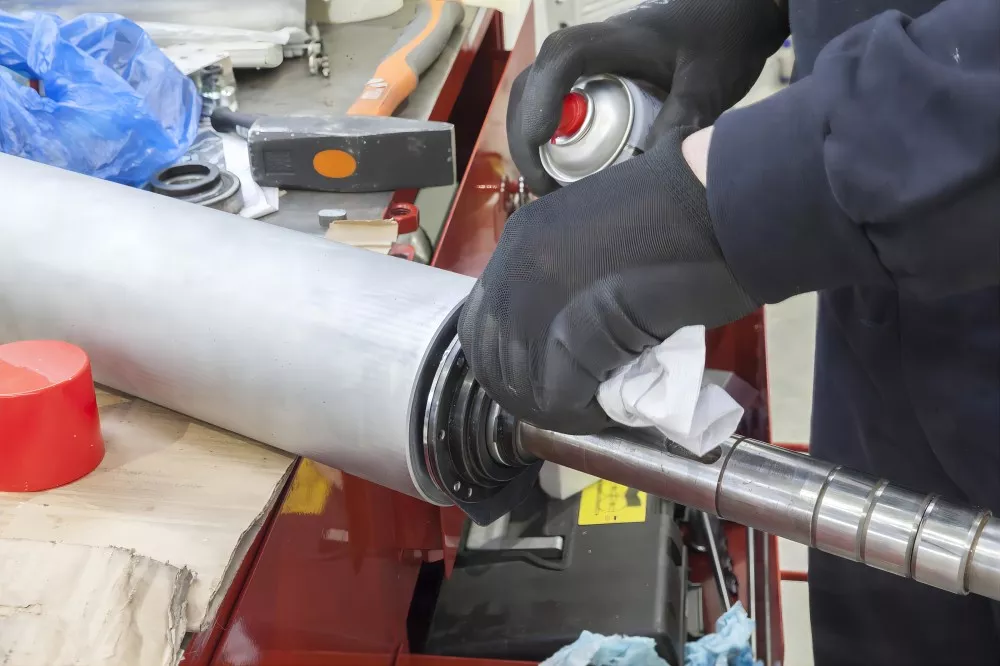Dokumentationszentrum
Umfassende technische Handbücher und Anleitungen, die Ihnen helfen, HARSLE-Maschinen zu beherrschen und Ihre Metallbearbeitungseffizienz zu optimieren
Welche Rolle spielen Walzmaschinen in der Automobilindustrie?
Rolling Machines in the Automotive Industry are essential for achieving both precision and efficiency in modern vehicle production. If you’ve ever wondered how metal components gain uniform curves and accurate shapes, these machines hold the answer. They are critical in producing high-strength parts such as car bodies, chassis, and exhaust systems. In this article, I’ll walk you through the key functions of rolling machines, highlight their role in automotive applications, and share practical advice on setup, operation, and maintenance. By the end, you’ll see clearly why rolling machines remain a cornerstone of automotive manufacturing.
Wie Walzmaschinen Support Automotive Manufacturing

Rolling machines are widely used to shape sheet metal and profiles into precise curves and cylindrical parts. In the automotive industry, these machines ensure that structural and aesthetic components meet both performance and safety standards.
Forming Automotive Body Panels
Body panels like doors, roofs, and hoods must be smooth and uniform. Rolling machines deliver consistent pressure across the material, reducing defects and ensuring that each panel fits perfectly during assembly.
Producing Chassis and Frame Components
The chassis provides the backbone of a vehicle. By using rolling machines, manufacturers can produce strong and reliable frame parts with consistent thickness and shape, which directly affects the safety and durability of cars.
Manufacturing Exhaust Systems and Tubes

Exhaust pipes and other tubular components require accurate bending and forming. Rolling machines can create these curved shapes while maintaining structural integrity, ensuring that automotive exhaust systems are durable and efficient.
So richten Sie ein Walzmaschinen for Automotive Applications
Schritt 1: Vorbereiten des Arbeitsbereichs

Before operating a rolling machine, I always make sure the workspace is clean and organized. Any debris or uneven surfaces can affect machine accuracy and cause safety risks.
Step 2: Choosing the Right Tooling
Automotive components vary in size and material. Selecting the correct rollers for thickness and metal type is crucial. For example, aluminum body panels require a different setup compared to high-strength steel chassis parts.
Schritt 3: Kalibrieren der Maschine

Calibration is essential for precision. I check roller alignment and adjust the pressure settings according to the material specifications. Proper calibration prevents uneven rolling and ensures consistent results.
Common Maintenance Tips for Rolling Machines in the Automotive Industry
Routineinspektionen
I recommend inspecting key parts such as rollers, gears, and the hydraulic system before every major production run. Early detection of wear helps avoid costly downtime.
Schmierung und Reinigung

Lubricating moving components and cleaning the rollers regularly prevents friction damage and ensures smooth operation. Automotive production lines demand reliability, and proper care keeps the machine running longer.
Vorbeugende Wartung
Scheduling preventive maintenance every 500–700 operating hours is a smart practice. This includes checking electrical systems, testing safety switches, and replacing worn parts. Preventive care maximizes efficiency and reduces unexpected breakdowns.
FAQs
Why are rolling machines so important in automotive production?
Rolling machines provide precision shaping for panels, frames, and tubes. They help achieve uniform dimensions and strength, which are critical for vehicle safety and performance.
Can rolling machines handle both aluminum and steel?
Yes, modern rolling machines are designed to process multiple metals. However, adjustments in roller pressure and tooling are needed to accommodate differences in material strength.
How do I ensure accuracy when rolling automotive components?
Always calibrate the machine before production, use the correct tooling, and perform regular inspections. These steps ensure consistency and reduce material waste.
Abschluss
Rolling Machines in the Automotive Industry play a central role in shaping everything from body panels to exhaust pipes. By setting up the machines correctly, maintaining them regularly, and choosing the right tooling, manufacturers can achieve precision, reduce waste, and improve overall efficiency.
If you want to learn more about rolling machines or need expert support for your automotive projects, feel free to reach out to our team at HARSLE. We’re here to provide detailed guidance and help you choose the best solution for your production needs.













